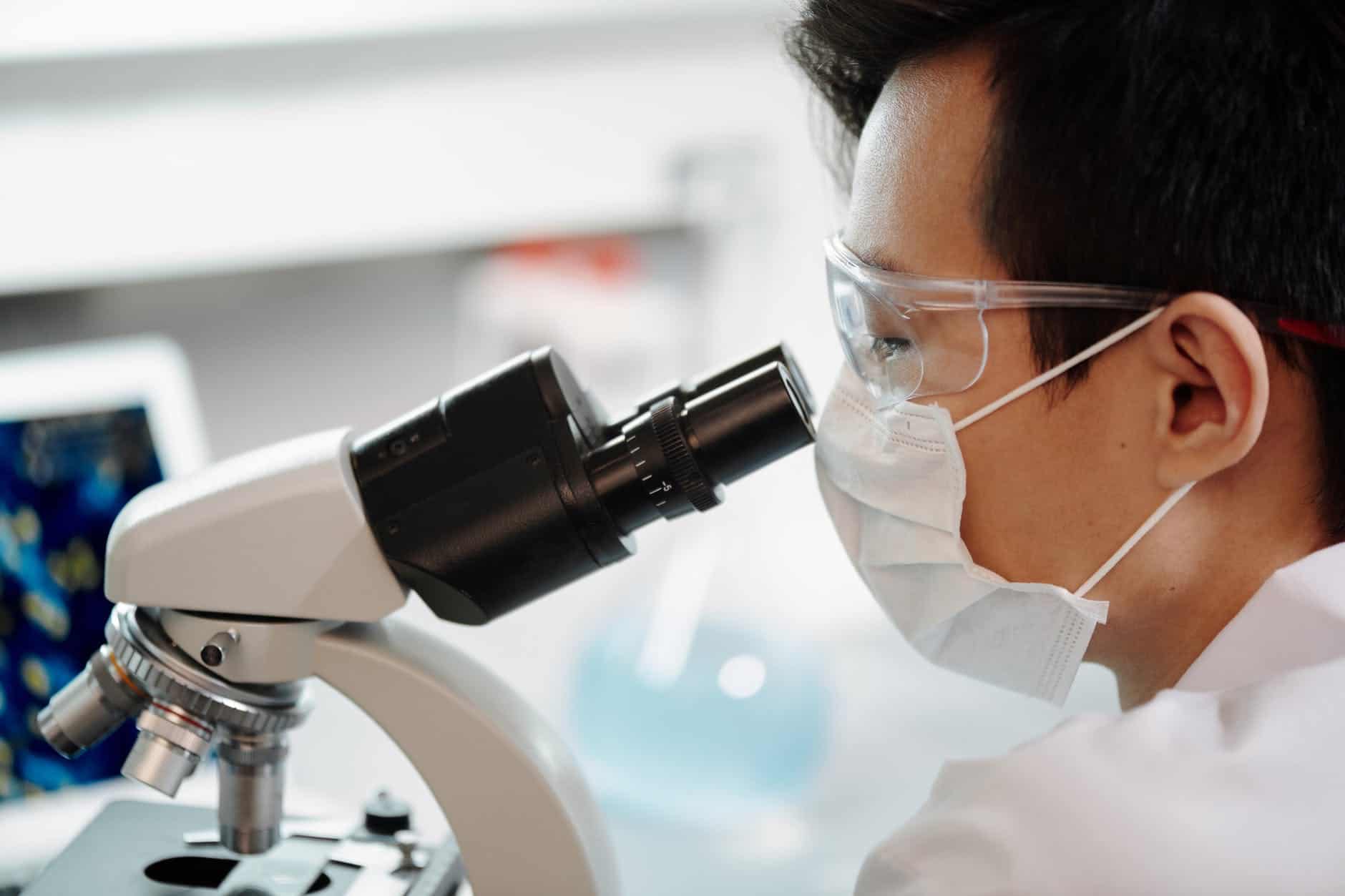Hamilton researchers develop COVID-19 test that could be key to reopening Ontario
Published May 22, 2020 at 12:46 pm

Hamilton researchers have developed a unique method of testing for COVID-19 that has the potential to nearly quadruple a lab’s rapid testing capacity.
Hamilton researchers have developed a unique method of testing for COVID-19 that has the potential to nearly quadruple a lab’s rapid testing capacity.
The new rapid testing method was developed at theThe Research Institute of St. Joe’s Hamilton, a press release issued by St. Joseph’s Healthcare Hamilton explains.
The new method of testing has been at the Hamilton Regional Laboratory Medicine Program (HRLMP) – a partnership between St. Joe’s and Hamilton Health Sciences – which is responsible for conducting clinical COVID-19 testing for the region.
Currently, the HRLMP’s testing capacity is 800 samples per day. The release says that with the new test, scientists are aiming to test up to 6,000 samples a day.
Dr. David Bulir and Dr. Marek Smieja, infectious disease physician-researchers from St. Joe’s Disease Diagnostics and Development (D3) Group, predicted the need for an alternative supply of testing materials in January.
“In the face of global shortages, we’ve had to secure a new supply of all the materials required for COVID-19 testing, as well as invent some components that enable mass testing,” said Dr. Gail Martin, Executive Director of The Research Institute of St. Joe’s Hamilton.
“St. Joe’s has effectively rebuilt and secured an entire supply chain, one that is urgently needed to manage the shortage of testing supplies.”
While some materials have been sourced and validated from new suppliers, such as flocked swabs and specimen tubes, other materials, including the new transport medium — the container and environment that houses a collected specimen prior to testing — are entirely novel.
Unlike many transport media that keep the virus intact before testing, St. Joe’s new transport
medium breaks down the virus, effectively killing it, limiting the chance of spreading the virus in a lab setting.
Dr. Bulir developed the new test and the new transport medium and one of its key benefits is the ability to pool specimens — the ability to group and test a number of specimens together.
Specimen pooling can enable labs to increase their testing capacity up to fourfold, and potentially more. Since most tests produce negative results, only pools that come back with positive results will need to be further examined.
It’s become abundantly clear that until a vaccine is developed, building up the province’s stockpile of testing supplies and its capacity to perform rapid testing are vital as municipalities gradually lift lockdown restrictions.
“We’re working with the province to ensure we can rapidly develop ways to provide these new materials to other labs,” said Dr. Martin.
This innovation comes at a time where the pressure is on to reopen the economy and senior levels of government are under pressure to ramp up testing capacity.
On Thursday, Premier Doug Ford announced the $20 million Ontario COVID-19 Rapid Research Fund at a press conference and even touted the work coming out the St. Joe’s Research Institute.
The fund aims to support research into COVID-19 testing, vaccine development and drug trials.
insauga's Editorial Standards and Policies advertising





